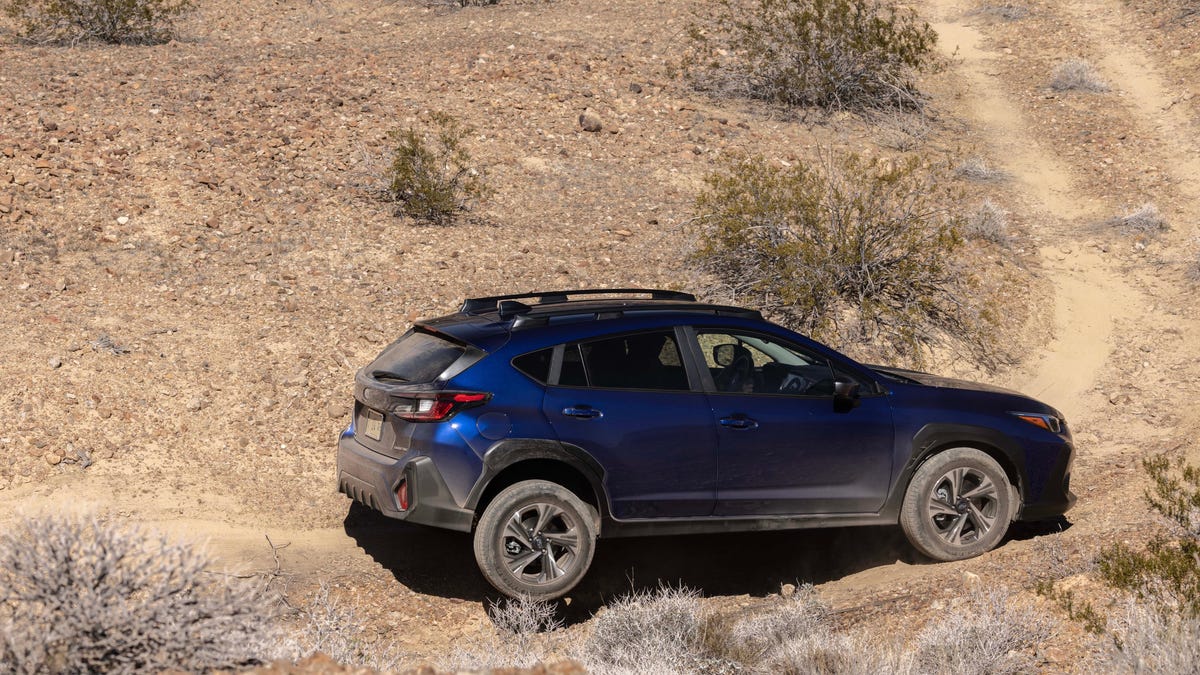As one Subaru Crosstrek owner recently learned the hard way, it bears repeating that all-wheel drive is not the same as four-wheel drive. A Subie owner posted a warning letter they received a month after driving on Colorado River Overlook Road in Canyonlands National Park to the r/NationalPark subreddit. The letter notes that this particular road is restricted to 4WD vehicles only, and the Crosstrek is equipped with AWD, not 4WD. It also warns that they may face serious consequences if they’re caught taking an AWD car on a 4WD-only trail again.
The letter gently reminds the Crosstrek owner that future violations may incur a collateral forfeiture, a fine up to $5,000, up to six months imprisonment, and/or other penalties. While the difference between AWD and 4WD may seem like a pedantic argument, it’s an important distinction that could potentially save lives on technically challenging and isolated trails. Sure, the Crosstrek was able to successfully traverse this particular road, but the vehicle restrictions are in place for a reason, and they are enforceable. Despite wilderness-themed marketing tactics, vehicles equipped with AWD have very different capabilities than vehicles equipped with 4WD despite sharing a similar nomenclature.
The most consequential distinction between AWD systems and more capable 4WD systems is that most vehicles equipped with 4WD have one or more locking differentials that massively aid in off-road traction. While AWD systems are great for increasing driver confidence on slippery road surfaces and in light off-roading, they are easily flummoxed in more challenging off-road terrain, especially low-speed and low-traction situations.
Locking the differential on a vehicle’s axle forces an even application of power to each wheel. Some AWD systems have brake-based limited-slip differentials, but these are still no substitute for locking differentials in traditional 4WD systems. A vehicle’s wheels are normally able to spin at different speeds when its differentials are not locked, which allows a wheel with no traction to spin freely while the wheel with traction does nothing. This could cause an AWD vehicle to get stuck in a spot that a 4WD vehicle with locking differentials could easily drive out of.
While experience, skill and a litany of other factors play into an off-roader’s likelihood of getting stuck, the National Park Service just wants to keep all visitors safe. For reference, neither Subaru, Tesla, Honda, Hyundai nor Kia make any 4WD vehicles. Toyota, Ford, Chevrolet, Jeep and more make some AWD vehicles and some 4WD vehicles. If you’re planning to visit a national park soon and aren’t sure if your vehicle has AWD or 4WD, research it to be safe, and avoid a citation.

